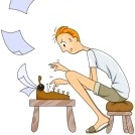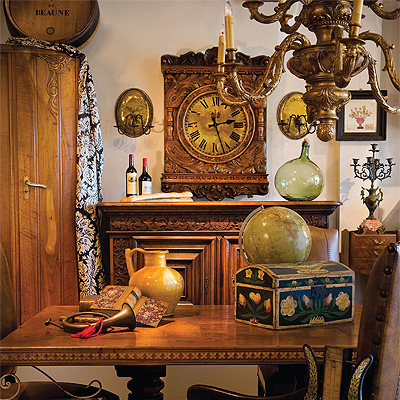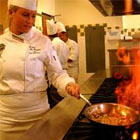I spent the five happiest years of my life in a morgue. As a forensic scientist in the Cleveland coroner’s office I analyzed gunshot residue on hands and clothing, hairs, fibers, paint, glass, DNA, blood and many other forms of trace evidence, as well as crime scenes. Now I'm a certified latent print examiner and CSI for a police department in Florida. I also write a series of forensic suspense novels, turning the day job into fiction. My books have been translated into six languages.
Okay, I emailed you.
Why does this sound like a homework question?
I'm afraid I don't know enough about how 3-D printing works to be able to answer. I can guess that it might be handy for reconstructing items such as shoeprints and tire tracks from photos or scans. Other than that I don't see where making a copy of something would necessarily affect a crime. And as far as I know they haven't reached the point of replicating on a cellular level such as DNA.
Sure, I'll email you. You might also want to look over earlier questions on this site.
"The Onion" Contributors
 What's your favorite Onion headline of all time?
What's your favorite Onion headline of all time?
Antiques Dealer
 What's the most profit you've ever made from a single item?
What's the most profit you've ever made from a single item?
Chef
 Do you get offended when a customer sends back a dish?
Do you get offended when a customer sends back a dish?
It's concerning because juries expect more than is reasonable. Not every case is going to have DNA evidence and you don't always find fingerprints on a surface and eyewitness testimony sounds convincing but can be very unreliable. However an expert can hopefully explain all these issues to make the limitations clear, provided the jury listens.
I checked city and county websites for job postings.
Many if not most crime scene and forensic work job are now civilian, which means you don't need to become a police officer and are not trained at the police academy, etc. Some agencies do have their forensic staff become sworn officers, so the only way to know is to ask. I've worked in forensics for over 20 years now and I've never been a police officer.
-OR-
 Login with Facebook
Login with Facebook (max 20 characters - letters, numbers, and underscores only. Note that your username is private, and you have the option to choose an alias when asking questions or hosting a Q&A.)
(A valid e-mail address is required. Your e-mail will not be shared with anyone.)
(min 5 characters)
By checking this box, you acknowledge that you have read and agree to Jobstr.com’s Terms and Privacy Policy.
-OR-
 Register with Facebook
Register with Facebook(Don't worry: you'll be able to choose an alias when asking questions or hosting a Q&A.)